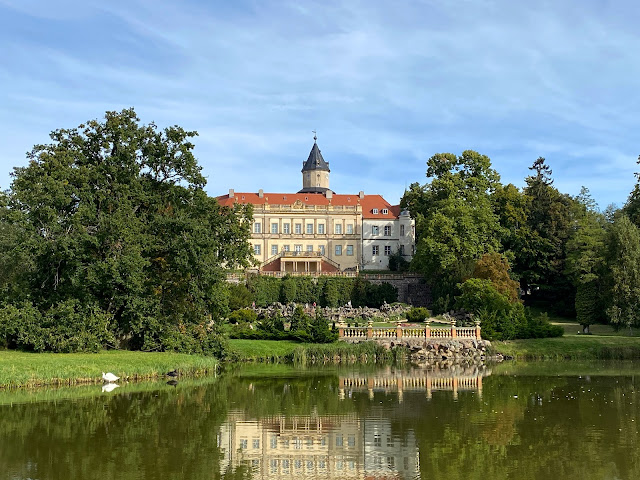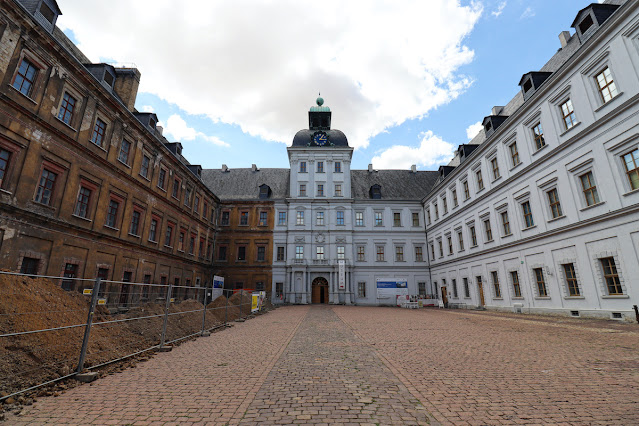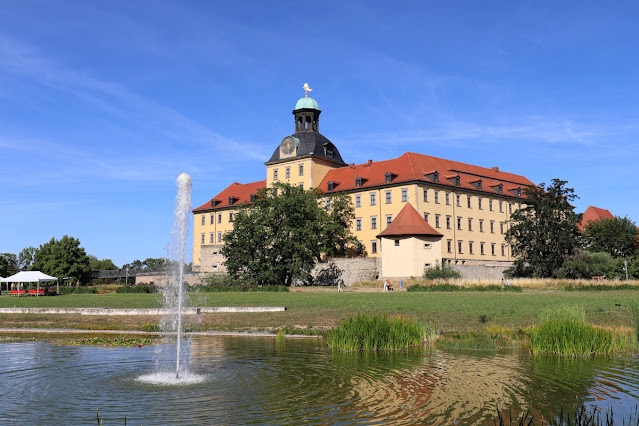Beyond Potsdam: Eleven Castles in Brandenburg to Visit Off the Beaten Path

From the Prussian palaces of Potsdam to plentiful noble homes scattered all around the state, we have probably covered dozens and a dozen more of castles located in Brandenburg, the German state surrounding Berlin. (Find all of them here .) But still, there are a gazillion more to discover, so here are ten castles you have probably never heard of. Most of them actually aren't open to the public yet many of them have surrounding parks you can stroll through. How I visit them? These sorts of castles usually aren't the main destination of my days out castle hunting. I either see them on the way to or back from places open to the public or I try to include them in a hike. Schloss Wiesenburg Schloss Wiesenburg may just be the most idyllically located of all idyllically located castles on this list. Looking over a large park, its origins date back to the Middle Ages when a fortified castle was located on the same site. The oldest parts of today's Renaissance-style Schloss dat...





